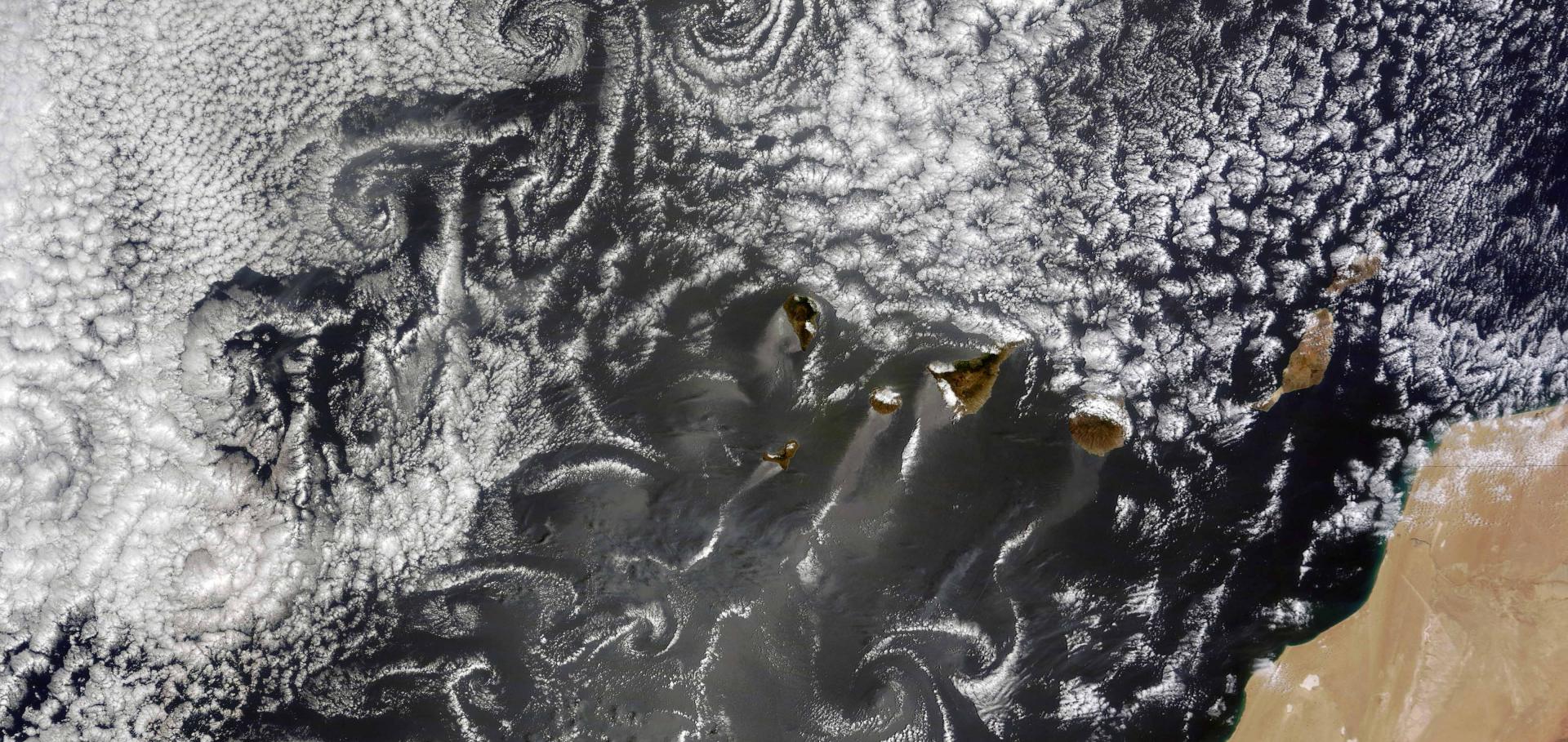Aerosol indirect effects – general circulation model intercomparison and evaluation with satellite data
Authors:
J Quaas, Y Ming, S Menon, T Takemura, M Wang, JE Penner, A Gettelman, U Lohmann, N Bellouin, O Boucher, AM Sayer, GE Thomas, A McComiskey, G Feingold, C Hoose, JE Kristjánsson, X Liu, Y Balkanski, LJ Donner, PA Ginoux, P Stier, J Feichter, I Sednev, SE Bauer, D Koch, RG Grainger, A Kirkevåg, T Iversen, Ø Seland, R Easter, SJ Ghan, PJ Rasch, H Morrison, J-F Lamarque, MJ Iacono, S Kinne, M Schulz

